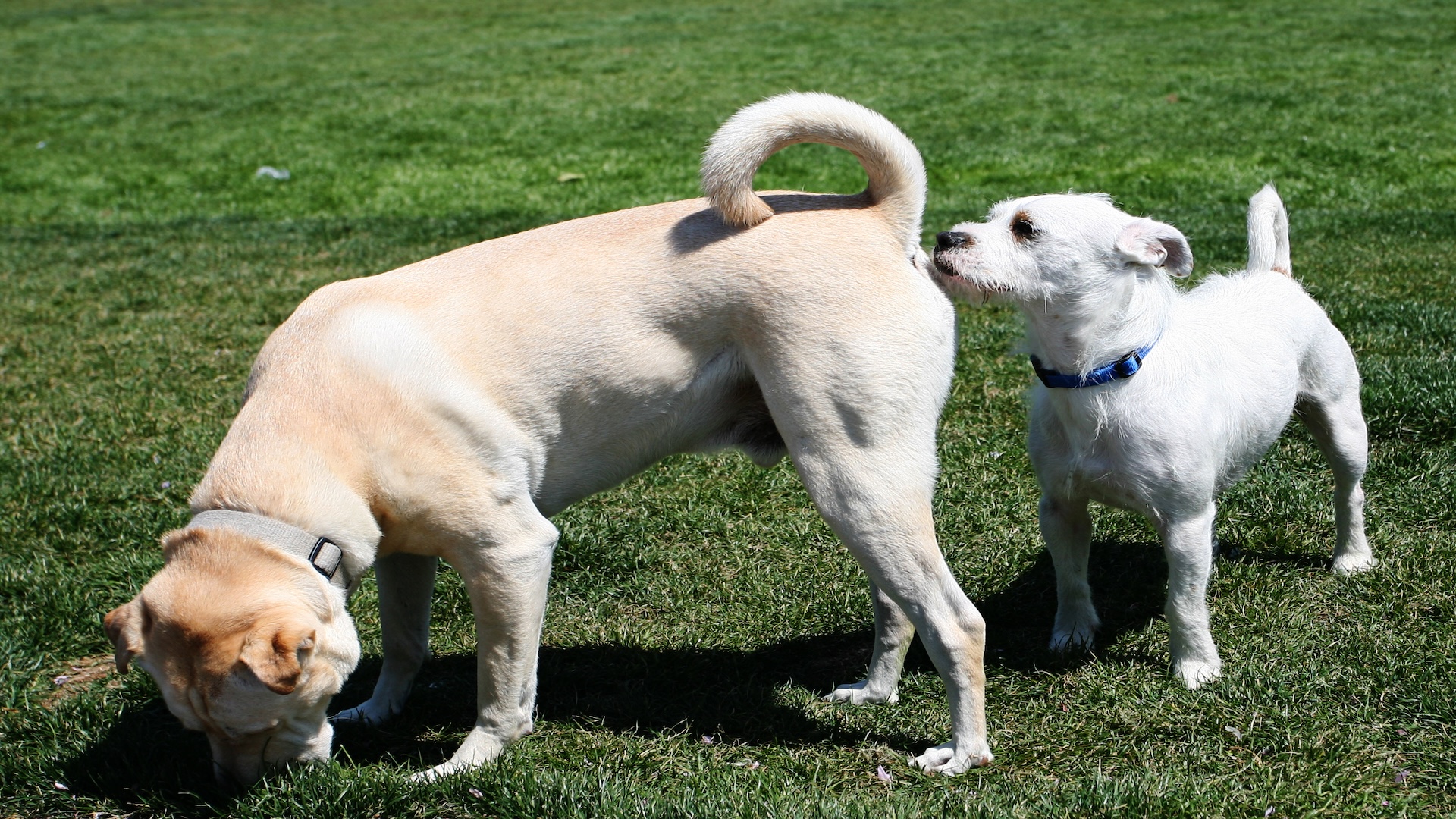Machines, Vol. 11, Pages 876: Application of UAVs and Image Processing for Riverbank Inspection
Machines doi: 10.3390/machines11090876
Authors: Chang-Hsun Chiang Jih-Gau Juang
Many rivers are polluted by trash and garbage that can affect the environment. Riverbank inspection usually relies on workers of the environmental protection office, but sometimes the places are unreachable. This study applies unmanned aerial vehicles (UAVs) to perform the inspection task, which can significantly relieve labor work. Two UAVs are used to cover a wide area of riverside and capture riverbank images. The images from different UAVs are stitched using the scale-invariant feature transform (SIFT) algorithm. Static and dynamic image stitching are tested. Different you only look once (YOLO) algorithms are applied to identify riverbank garbage. Modified YOLO algorithms improve the accuracy of riverine waste identification, while the SIFT algorithm stitches the images obtained from the UAV cameras. Then, the stitching results and garbage data are sent to a video streaming server, allowing government officials to check waste information from the real-time multi-camera stitching images. The UAVs utilize 4G communication to transmit the video stream to the server. The transmission distance is long enough for this study, and the reliability is excellent in the test fields that are covered by the 4G communication network. In the automatic reconnection mechanism, we set the timeout to 1.8 s. The UAVs will automatically reconnect to the video streaming server if the disconnection time exceeds the timeout. Based on the energy provided by the onboard battery, the UAV can be operated for 20 min in a mission. The UAV inspection distance along a preplanned path is about 1 km at a speed of 1 m/s. The proposed UAV system can replace inspection labor, successfully identify riverside garbage, and transmit the related information and location on the map to the ground control center in real time.

 8 months ago
19
8 months ago
19


